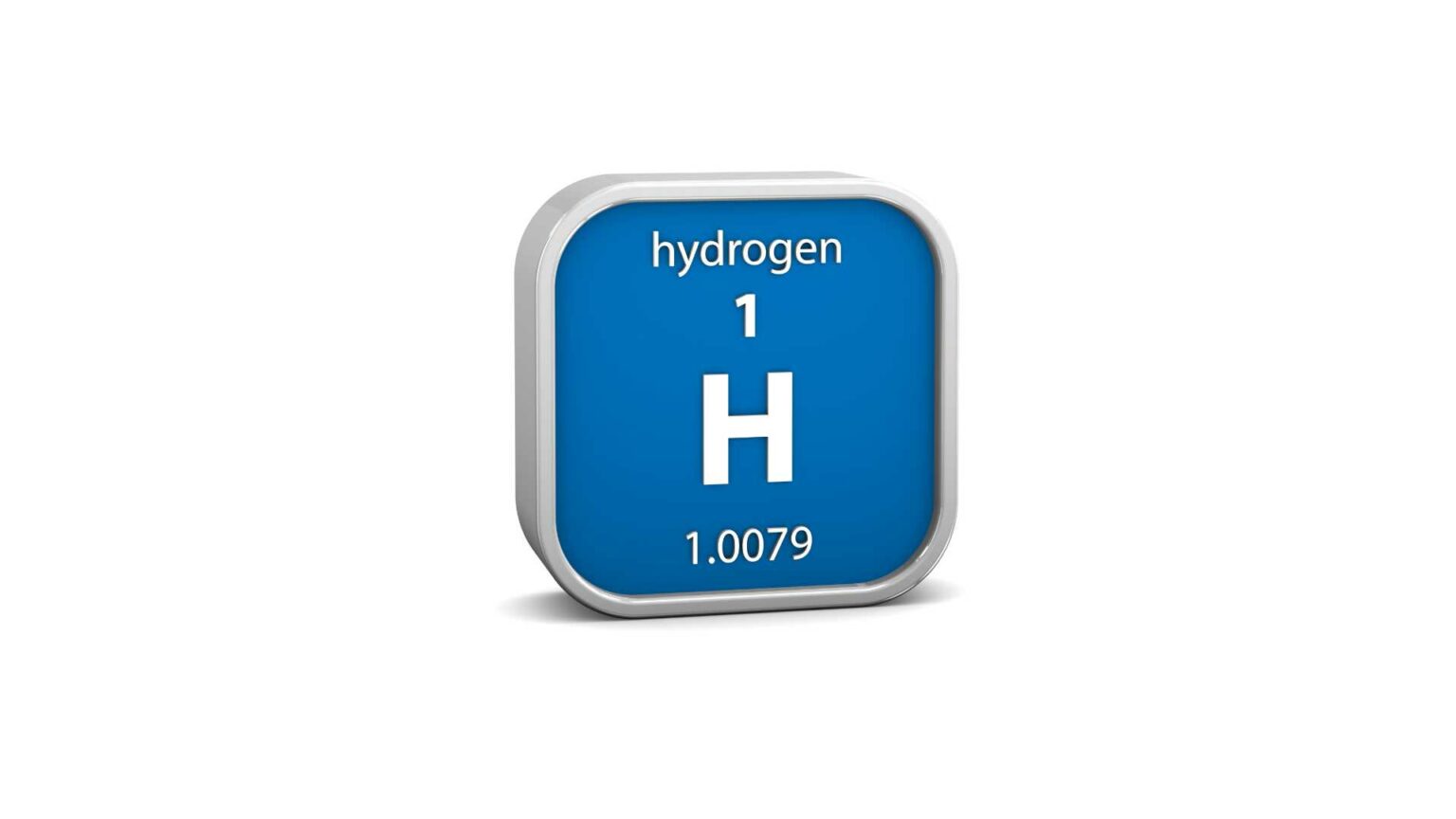The demand for sustainable energy solutions continues to reshape the automotive industry, with hydrogen fuel emerging as a viable alternative to fossil fuels—promising a path toward a carbon-free energy future.
However, this transition encounters significant hurdles in storage and transport due to hydrogen embrittlement in traditional steel materials. This issue, particularly pertinent in high-strength steels, has prompted a paradigm shift in material science research. Recent findings reveal that altering the microstructure of steel can markedly enhance its resistance to hydrogen damage, presenting an innovative approach to overcoming these challenges.
Market data underscores the automotive sector’s aggressive pursuit of hydrogen technologies, with projected investments reaching $3.4 billion by 2028. This trend highlights the urgency for developing robust materials like hydrogen-resistant steels, which are critical to ensuring the economic viability and safety of hydrogen storage and transport systems. Understanding the interaction between hydrogen and steel structures is paramount as the industry seeks cost-effective alternatives to expensive stainless steels currently in use.
Delving into the core tension, hydrogen embrittlement poses a dire threat to the structural integrity of steel components. Industry experts recognize that atomic hydrogen infiltrating steel can reduce ductility and lead to catastrophic failures. Ferritic steels, despite their cost advantages, suffer from pronounced vulnerability to hydrogen exposure. Consequently, the innovation of low-cost hydrogen-resistant ferritic steels is not just aspirational but essential for meeting clean energy demands.
Unexpected insights have been gleaned from investigations into specialized microstructures engineered through unique thermomechanical processes. By utilizing a combination of ausforming and austempering treatments in low-alloy carbon steels, researchers have crafted microstructures featuring nano-scale austenite films nestled between bainite laths. These films are pivotal, as they manifest robust hydrogen trapping capabilities—effectively sequestering both diffusible and bulk hydrogen and demonstrating release capabilities at high temperatures.
Concrete metrics further illustrate the stakes. Studies employing advanced techniques like Cryo Atom Probe Tomography (APT) have pinpointed the localization of hydrogen atoms within microstructures, revealing that dislocation tangles at bainite-retained austenite interfaces function as temporary hydrogen traps. These findings, supported by the Oxygen Nitrogen and Hydrogen analyzer data, authenticate that retained austenite’s role as a hydrogen barrier is significant, particularly at austenite-bainite interphase boundaries.
Progressing through the complexities, the technical landscape illustrates a dynamic interplay between microstructure morphology and hydrogen resistance. Performance metrics from mechanical property assessments indicate that the engineered steels display no notable loss in tensile or yield strengths when exposed to hydrogen, marking a notable advancement over traditional approaches.
Insinuations of future trends suggest an industry pivot towards integrating these engineered steels into broader automotive applications. As the data demonstrates, enhancing the steel microstructure can significantly mitigate the risks associated with hydrogen embrittlement, fostering greater adoption of hydrogen as an energy source across automotive platforms.
Stay updated on the latest in energy! Follow us on LinkedIn, Facebook, and X for real-time news and insights. Don’t miss out on exclusive interviews and webinars—subscribe to our YouTube channel today! Join our community and be part of the conversation shaping the future of energy.





